Keep a close watch on the tech world and you might spot some familiar names alongside groundbreaking ideas in the next few years.
Members of Hillside School’s Coding Club visited Aberdeen University’s tech labs to learn how the skills they learn every week at lunchtime can reshape the future.
Right now, Hillside’s pupils are learning the basics of coding: using digital building blocks to give instructions and perform tasks.
But during their trip to the university, the pupils saw how their new skills could play out on a grand scale.
Pupils from the Portlethen school came away from the visit with new motivation for using technology to launch new careers and make a positive change in the world.
From robotics to artificial intelligence, coding plays a part in a wide range of technologies.
‘More job opportunities if we can code’
Every Tuesday after their lunch period, the Hillside Coding Club spends about an hour in Fiona Lindsay’s classroom learning new applications for coding.
Part of the funding for their coding club involves a focus on meeting 17 key Global Goals. Also known as the sustainable development goals (SDGs) such as increasing access to clean water and eliminating food poverty.
The Hillside pupils flexed their creative – and coding – muscles to brainstorm mobile apps to identify contaminated water, assist with recycling and adapt lifestyles to be more eco-friendly.
Ini helped deliver a presentation to an audience at Aberdeen University about why she and her classmates joined the coding club.
One obvious and common reason was: the robots.
But Ini said there’s more to it than that.
She’s excited about the new career opportunities coding can make possible.
“The future of coding is going to open so many doors, considering the fact that most things in the world are now using technology,” she said.
“Coding is a very useful skill and job opportunities will increase for us if we can code.”
Working towards a more sustainable future
The Hillside Coding Club is supported in part by the Digital Xtra Fund, a charity that has provided more than £150,000 in grant money to projects at 35 schools and community groups.
Liliana said her favourite part of the visit to Aberdeen University was experimenting with new technology.
“We looked at two different mobile apps and we had to decide what made them unique and what are their selling points.
“Then, we needed to come up with our own apps, that met some of the global goals we are working with.”
Eliza and her teammate Keira created an idea for an app called the “No-waste Game.”
“The way it works is, you have a barcode on the back of your crisps packet and you scan it with our app.
“Then the app will show you whether it goes into recycling or general waste.”
Budding web developers?
Emir and his team developed an idea for an app that shows users how to be more sustainable, without making big changes to their habits.
“Basically, you can put in your hobbies and favourite things, and the app can tell you how to do those things in a more eco-friendly way.”
Whether you’re cycling to work instead of just on the weekends or finding similar but more sustainable ingredients in a favourite recipe: small changes can go a long way, he said.
Another app idea would allow users to scan water to test for contaminants. Ensuring access to clean water and sanitation is one of the 17 Global Goals.
Elle said that it’s important to make sustainability more accessible and more popular. Developments like mobile apps and games are ways to get sustainability goals in front of a bigger audience.
‘Coding has inspired me a lot’
Ms Lindsay said that she is looking forward to adding more resources to the club’s arsenal.
New skills and new gadgets will give the pupils new chances to exercise their problem-solving abilities. She gets excited any time she hears a pupil chime in with a new career idea or imaginative contribution to the global goals.
The most recent classroom addition is a table-top robot. The students control it using simple commands they code themselves.
Leah said that she can see herself going a step further one day.
Inspired by Pepper, a robot that the students met at Aberdeen University, Leah wants her robot to be able to interact with humans and perform helpful tasks.
“I want to build a robot and code for it,” she said. “Coding has inspired me a lot to learn more about robotics and what I can do with my future.”
Read more from the Schools and Family team
‘Sharenting’: Should I post photos of my kids online?
Secondary teachers strike: How each council will be affected
New schools at Countesswells and Torry on track for 2023 opening
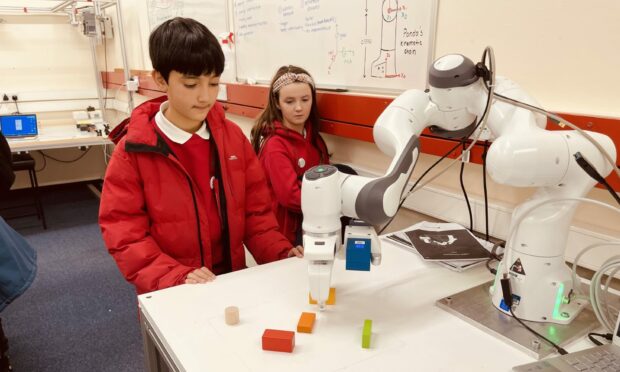
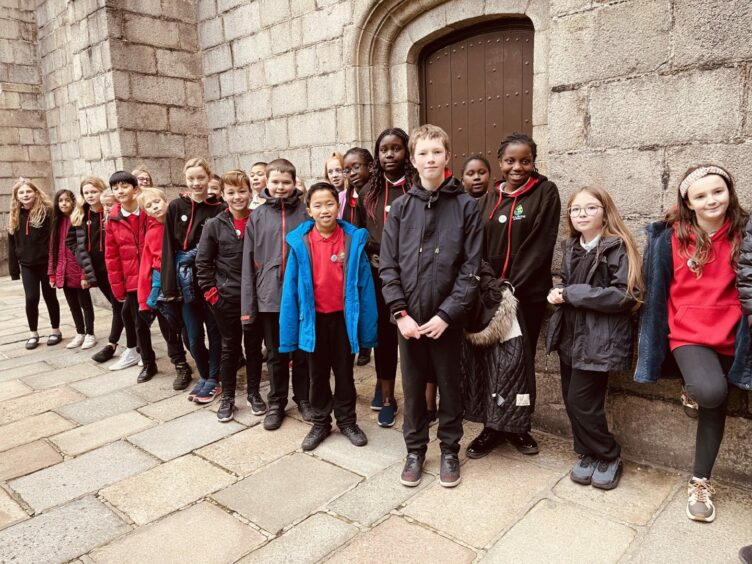
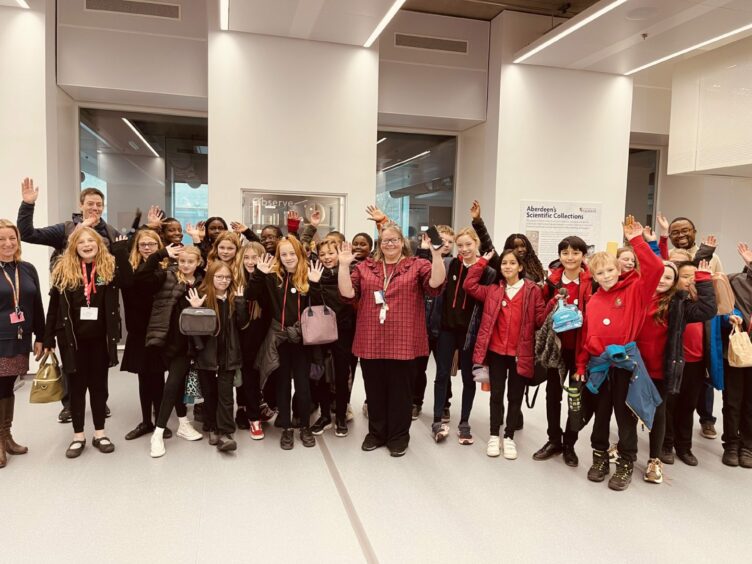
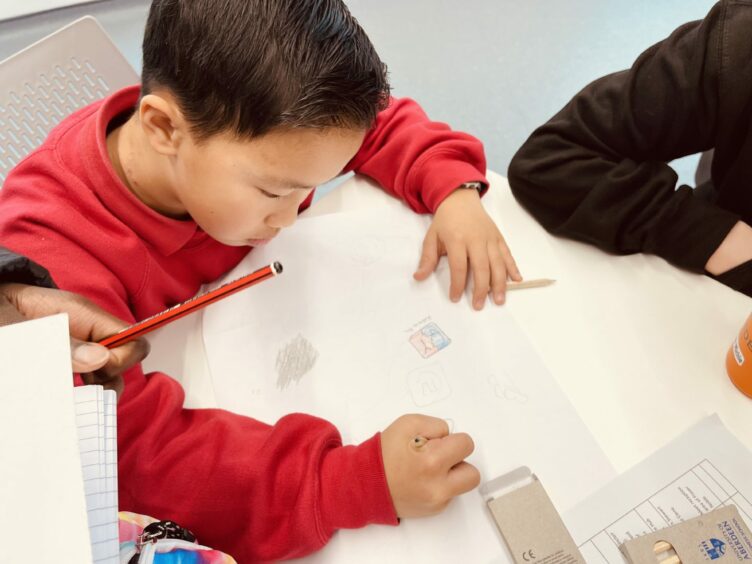
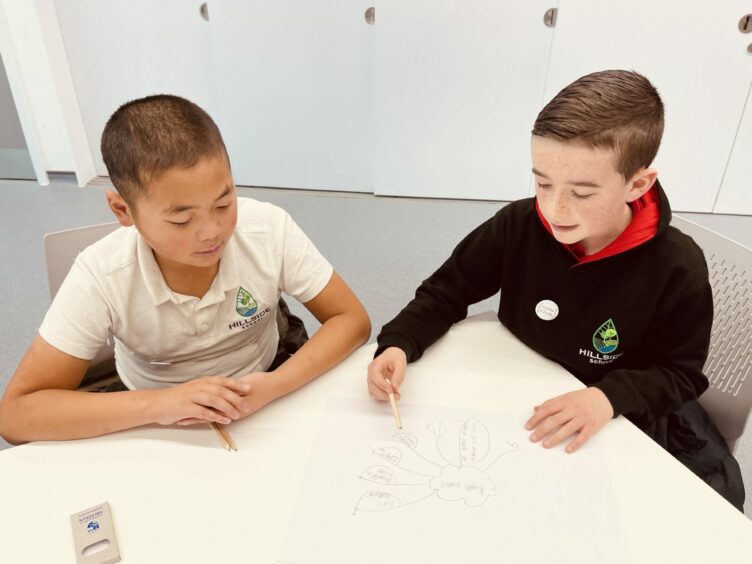
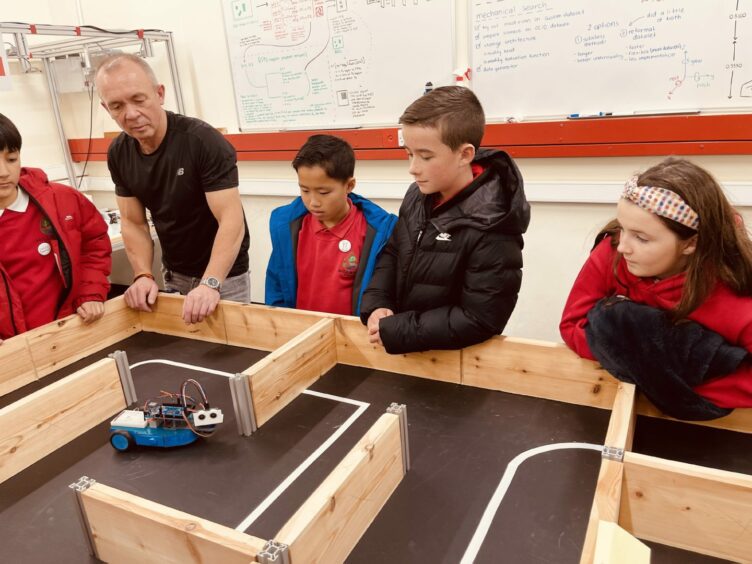
Conversation